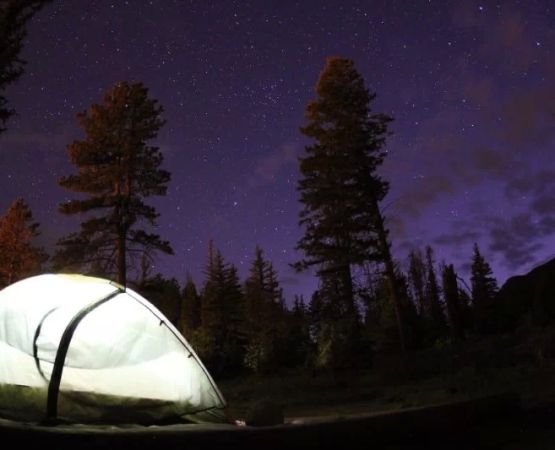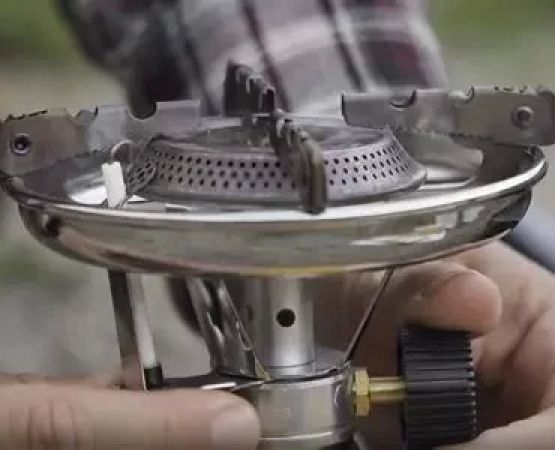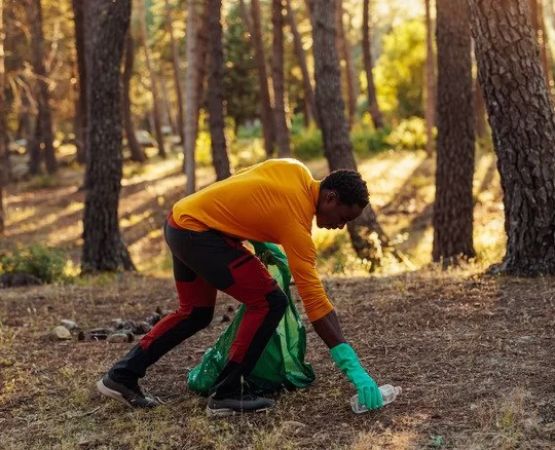How to Use a Camp Axe Safely: Essential Tips for Outdoor Adventurers
As a frequent camper and outdoor enthusiast, I’ve come to appreciate the practicality of having a camp axe in my gear. Whether it's for chopping firewood, clearing trails, or preparing shelter, a camp axe is an invaluable tool. However, using it safely is crucial to avoid injury. In this article, I’ll walk you through the important steps and safety tips I follow when using a camp axe, ensuring that every outdoor adventure is both productive and, most importantly, safe.
1. Understanding the Basics of a Camp Axe
Before using a camp axe, it’s important to understand its parts and how it functions. The camp axe typically has a sharp, heavy blade attached to a long handle, making it easier to chop wood and perform other tasks. But with this strength comes a responsibility to use the tool correctly to prevent accidents. When I first started camping, I was hesitant to use an axe, worried about the risks. But over time, I learned that with the right technique and caution, an axe can be safely incorporated into my outdoor activities.
1.1 Choosing the Right Camp Axe
First and foremost, selecting the right camp axe for your needs is key to ensuring both effectiveness and safety. For instance, a small hatchet may be best for light tasks like chopping kindling, while a larger axe might be necessary for cutting down small trees or splitting larger logs. When I started using an axe, I opted for a lightweight model that felt comfortable in my hands and easy to maneuver. It’s also important to choose an axe with a durable handle made from materials like hickory or fiberglass to ensure long-lasting use.
1.2 Inspecting the Axe Before Use
Before each use, I always inspect my axe thoroughly. Check the head of the axe to ensure it’s firmly attached to the handle. A loose head can cause the axe to become dangerous during use. Additionally, I make sure the blade is sharp and free from any chips or cracks. A dull or damaged blade can result in more forceful swings and an increased risk of injury. Taking a few minutes to inspect my gear before heading out makes a huge difference in staying safe while chopping wood or preparing for the next step of my camping trip.
2. Proper Grip and Stance
One of the most important lessons I’ve learned when using an axe is maintaining a proper grip and stance. The way you hold the axe can make all the difference in how safely and effectively you use it. When I first started, I didn't pay much attention to my grip, but as I learned, I realized how important it is to reduce strain and improve control.
2.1 How to Hold the Axe Correctly
To ensure a safe and controlled swing, always grip the axe with both hands. Place your dominant hand near the top of the handle and your non-dominant hand closer to the bottom. This gives you maximum control and allows you to swing the axe with power while maintaining balance. I’ve found that when I hold the axe this way, I have much more precision in my movements, making it easier to split logs or cut branches without overexerting myself.
2.2 Stance for Stability
While using an axe, your stance is just as important as your grip. Stand with your feet shoulder-width apart to ensure that you have a strong, balanced base. Bend your knees slightly, as this will allow you to absorb the shock from the axe’s swing more effectively. Over the years, I’ve learned that a steady stance not only helps me swing the axe with more accuracy but also minimizes the chances of losing my balance and causing an accident.
3. Swinging the Axe Safely
When I first used an axe, I thought that more force would mean better results. However, I quickly realized that a controlled, well-placed swing is much more effective than using brute strength. Swinging an axe safely requires technique and timing. Below are the tips that have helped me safely chop wood and perform other tasks while camping.
3.1 The Proper Swing Technique
The key to using a camp axe effectively is swinging it with proper technique. To chop a log or branch, I raise the axe above my head and bring it down in a controlled motion, making contact with the target near the center of the log. I always aim to use my whole body in the swing, not just my arms, to avoid fatigue and strain. This technique ensures that I’m using my axe in the safest way possible while also conserving energy for longer tasks.
3.2 Avoiding Overhead Strikes
While swinging the axe, I avoid making overhead strikes that might be too forceful. These swings can sometimes lead to loss of control, especially if the axe glances off the target. I prefer controlled, shorter swings, which allow me to stay focused and have a better grip on the axe. Over time, I’ve learned that smaller, more controlled movements are just as effective, if not more, than large, exaggerated swings.
4. Safety Precautions to Follow
Ensuring safety when using a camp axe goes beyond proper technique and stance. I always take a few additional precautions to protect myself and others around me while I’m in the woods. These precautions make my time in nature much safer and enjoyable.
4.1 Always Wear Protective Gear
Before I start using my axe, I always put on protective gear. Wearing safety gloves with a good grip helps me hold the axe firmly, preventing slipping and blisters. Additionally, I wear safety boots to protect my feet in case of a mishap, and safety glasses are a must to protect my eyes from flying wood chips. These simple measures significantly reduce the risk of injury while working with an axe.
4.2 Create a Safe Work Area
One thing I never overlook is setting up a safe work area. I ensure there’s enough space around me so that if I miss a swing or the axe bounces off the wood, it won’t hit anyone or anything nearby. When I’m cutting or splitting logs, I always stand a few feet away from any trees, equipment, or other people. Setting boundaries and ensuring the safety of my surroundings is just as important as the technique I use to swing the axe.
5. Storing and Maintaining Your Camp Axe
Proper storage and maintenance are essential to keeping my camp axe in good condition. After every camping trip, I take the time to clean my axe and store it properly. Keeping the axe clean helps prevent rusting and keeps the blade sharp for future use.
5.1 Cleaning and Sharpening the Blade
After each use, I make sure to clean the blade of my axe. I remove any dirt or sap using a damp cloth, and if necessary, I lightly oil the blade to prevent rust. Over time, I’ve learned that maintaining a sharp blade is essential for both safety and efficiency. Using a sharpening stone, I keep the blade in top condition, allowing me to cut and chop more easily with minimal effort.
5.2 Storing Your Axe Properly
When I’m not using my camp axe, I store it in a dry place to prevent rust and damage. I always hang the axe up or place it on a shelf, keeping the blade away from moisture. Proper storage ensures the longevity of the axe, allowing me to continue using it for years to come.
6. Conclusion: Mastering the Camp Axe for Safe Outdoor Adventures
Using a camp axe may seem intimidating at first, but with the right knowledge and precautions, it becomes a valuable tool for any outdoor adventure. By following the tips and techniques I’ve shared here, you can safely incorporate an axe into your camping routine, whether it’s for chopping wood, preparing shelter, or clearing trails. With practice, you’ll gain confidence in your ability to use the axe effectively, making your outdoor experiences even more rewarding.






